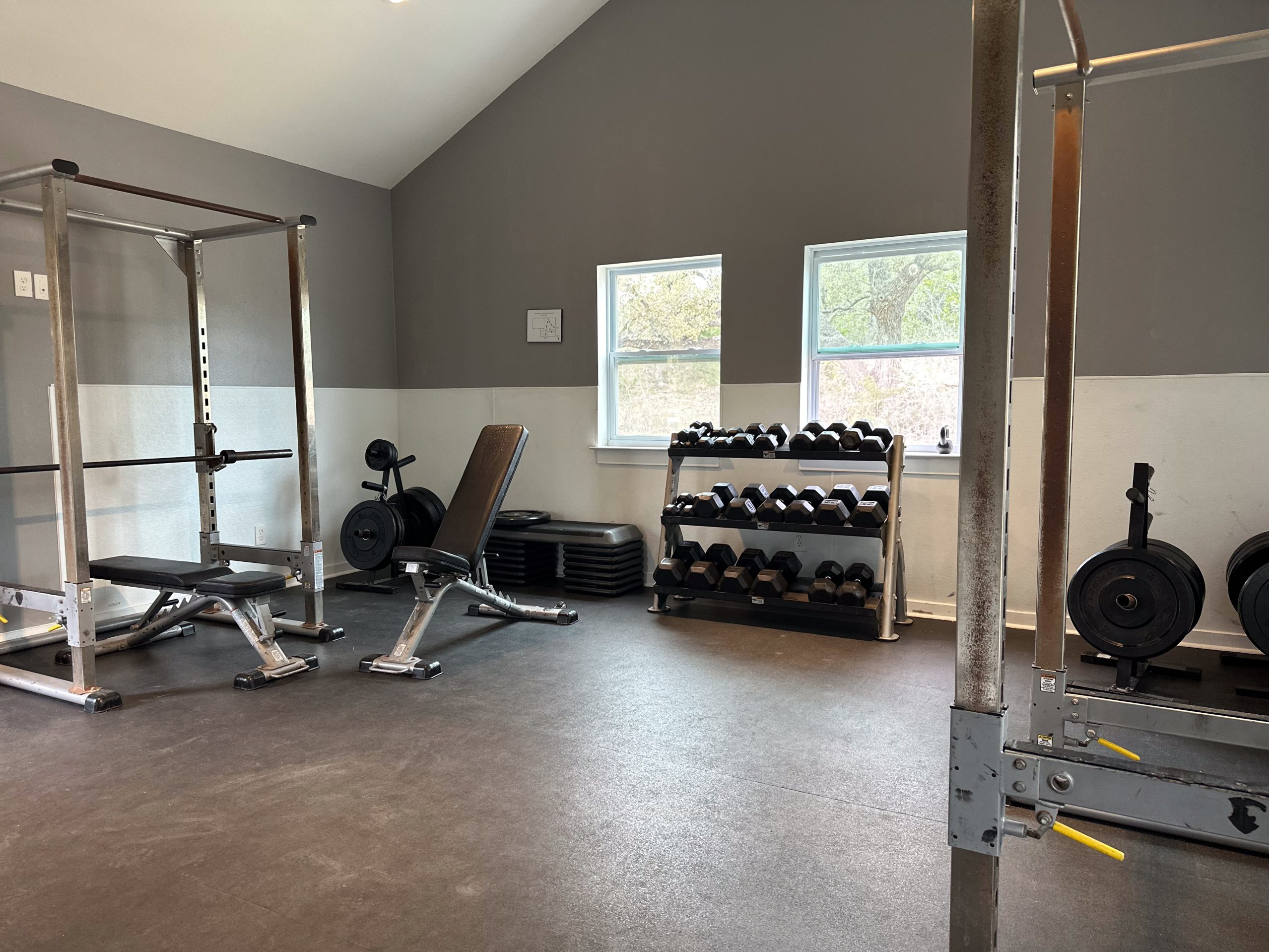Valproate (Valproic Acid / Divalproex): Complete Guide to Uses, Dosage, Levels, Side Effects & Safety
GET HELP TODAY!
100% Confidentiality Guaranteed


Drug Information
Brand / names: Divalproex, Depakote
Drug class: Anticonvulsants and Antiseizure Medications
About the Author
Mat Gorman
Mat Gorman is an experienced mental health writer and medical researcher with over a decade of experience in addiction recovery education. He specializes in translating complex clinical topics into clear, compassionate content that empowers families and individuals seeking treatment. Mat has collaborated with recovery centers, licensed therapists, and physicians to publish evidence-based resources across the behavioral health space. His passion for helping others began after witnessing the struggles of loved ones facing substance use disorder. He now uses his platform to promote hope, clarity, and long-term healing through accurate, stigma-free information.
Valproate Overview at a Glance
- What it is: An anticonvulsant and mood stabilizer prescribed as valproic acid, divalproex sodium, or sodium valproate.
- Primary uses: Treats epilepsy (seizures), bipolar disorder (mania), and helps prevent migraines.
- Safety warnings: Linked to serious risks including liver damage, pancreatitis, and birth defects if taken during pregnancy.
- Dosage & monitoring: Usually started at 10–15 mg/kg/day, increased gradually; therapeutic blood levels are typically 50–100 mcg/mL for epilepsy and 50–125 mcg/mL for mania.
- Side effects: May cause weight gain, tremor, dizziness, nausea, or hair loss; rare but severe reactions include rash, jaundice, and abdominal pain.
- Stopping treatment: Never stop suddenly—tapering must be supervised by a healthcare provider to prevent seizures or withdrawal-like symptoms.
What is Valproate?
Valproate is a broad‑spectrum anti‑seizure and mood‑stabilizing medicine available as valproic acid, sodium valproate, and divalproex sodium (brand examples include Depakene®, Depakote®, Depakote ER®, and Depakote Sprinkle®). Despite name differences, these formulations are closely related; however, they are not automatically interchangeable and dosing differs by formulation.
What it treats (approved indications may vary by country):
- Epilepsy (various seizure types)
- Bipolar disorder (acute mania)
- Migraine prevention (not for acute migraine)
How it works (in brief): Valproate increases GABA availability and modulates voltage‑gated sodium channels; it also has histone deacetylase inhibitor activity. The net effect is reduced neuronal hyperexcitability.










Formulations, brand names & what each one means
- Valproic acid (VPA) – often “Depakene®” in the U.S. (capsules, syrup).
- Divalproex sodium (DVPX) – “Depakote®” DR (delayed‑release) and ER (extended‑release), plus sprinkle capsules.
- Sodium valproate – commonly used brand names in the UK/EU (e.g., Epilim®).
Important: Products cannot be substituted 1:1. If switching, your prescriber adjusts dose/form.
Who can and cannot take Valproate
Valproate can be effective for many adults and children, but not everyone should take it.
Avoid / contraindicated or generally not preferred in:
- Pregnancy or those planning pregnancy (unless no suitable alternative; strict programs apply—see below).
- Liver disease or certain rare metabolic disorders (e.g., Alpers‑Huttenlocher, urea‑cycle disorders).
- History of pancreatitis.
Your clinician will review personal risks before prescribing.

High‑priority safety warnings (what to know before dosing)
- Pregnancy risks: Valproate can cause major birth defects (including neural tube defects) and neurodevelopmental problems; many countries require a Pregnancy Prevention Programme (PPP) for patients with child‑bearing potential. Do not stop suddenly; consult a specialist urgently if you become or plan to become pregnant.
- Liver toxicity (hepatotoxicity): Most likely within the first 6 months; highest risk in very young children and those on multiple anti‑seizure medications. Watch for fatigue, abdominal pain (right side), dark urine, jaundice.
- Pancreatitis: Can occur at any time; symptoms include severe abdominal pain radiating to the back, nausea, vomiting. Seek emergency care.
How to take Valproate (dosing, titration, ER vs DR vs sprinkle)
General principles (adults; individualized):
- Start low, titrate gradually: typical starting 10–15 mg/kg/day, increasing 5–10 mg/kg/week to effect.
Maximum recommended: 60 mg/kg/day (beyond which evidence is limited). - Divide doses unless using ER once daily; DR and sprinkle are typically given in divided doses.
- Do not crush DR/ER tablets; sprinkle beads can be opened on soft food and swallowed without chewing.
Examples:
- “Depakote ER dosing / initial dose”: Acute bipolar mania often starts 750 mg/day (divided) for DR, or ~25 mg/kg/dayonce daily for ER; titrate quickly to the lowest effective dose. Do not exceed 60 mg/kg/day.
- “Depakote 500 mg twice a day”: A common divided regimen depending on clinical response and formulation; always individualize and monitor levels/response.
- “Loading dose / 2000 mg a day / max dose for seizures or bipolar”: Some scenarios use higher initial loads (clinician‑directed). Across indications, the labeled ceiling remains ~60 mg/kg/day.
Never change dose or formulation (ER ↔ DR ↔ valproic acid syrup) without prescriber guidance; these are not automatically interchangeable.
Therapeutic drug monitoring (TDM): “Depakote levels”
Why monitor: To optimize control and reduce toxicity, especially when changing doses, adding interacting meds, or when side effects emerge.
Typical targets (total valproate):
- Epilepsy: 50–100 mcg/mL
- Mania (bipolar): 50–125 mcg/mL
- Free valproate (unbound) reference: ~5–25 mcg/mL
Timing is usually trough (right before next dose). Your lab and clinician set targets based on your situation.
Note: Clinical response does not always correlate perfectly with a number. Some patients respond below or above the “typical” range under careful supervision.
Common side effects & how to manage them
Common
drowsiness, dizziness, tremor, GI upset (nausea, diarrhea), weight gain, hair loss/changes, vision changes, coordination problems. Many are dose‑related and may improve with time or dose adjustments.
Serious—get urgent care
signs of liver injury (fatigue, right‑side pain, jaundice), pancreatitis (severe abdominal pain to the back, vomiting), unusual bruising/bleeding, fever/rash/swelling, severe lethargy, or mental status changes.
Weight gain
Yes—Valproate is associated with weight gain in some people. Discuss diet, activity, and (if needed) alternatives.
More Time. More Joy. More You. Start Now.
WE ACCEPT MOST INSURANCES







Pregnancy, breastfeeding & fertility
- Pregnancy: Valproate must be avoided in pregnancy for migraine and bipolar when alternatives exist, and generally avoided in epilepsy unless no suitable alternative controls seizures. PPP requirements apply in many regions (e.g., UK/EU). Do not stop suddenly—consult a specialist urgently.
- Men / people who can father children: Recent MHRA guidance includes precautionary contraception advice for men on valproate (based on emerging neurodevelopmental signal). Policies have been refined in 2025 regarding when “two‑clinician reviews” are needed (primarily at initiation for men <55).
- Breastfeeding: Small amounts pass into milk; discuss risks/benefits with your clinician. (See patient monographs for details.)
Drug interactions
- Lamotrigine + Valproate: Valproate can increase lamotrigine levels and raise serious rash risk (including SJS/TEN). Clinicians use slower lamotrigine titration and close monitoring.
- Carbapenem antibiotics (e.g., meropenem): Can drastically lower valproate levels (50–90% within days); co‑use is not recommended; seek alternatives.
- Aspirin and protein‑binding interactions: May increase the free (active) fraction of valproate—monitoring may be needed (clinician‑directed).
- Always share all prescription/OTC drugs and supplements with your prescriber before changes.
Special populations & nursing considerations
Children <2 years and those on multiple anti‑seizure drugs have higher hepatotoxicity risk—specialist care and close monitoring are essential.
Hepatic impairment: Typically contraindicated or requires extreme caution.
Renal impairment: No routine dose change, but monitor closely for adverse effects.
Nursing considerations (popular query in your list):
Verify formulation (ER vs DR vs syrup vs sprinkle) and dosing schedule.
Confirm indication (seizures vs bipolar vs migraine prevention).
Educate on boxed warnings and pregnancy program requirements.
Ensure baseline and periodic labs (LFTs; consider levels).
Watch for GI symptoms, sedation, tremor, and rash especially if combined with lamotrigine.
Reinforce adherence; warn against abrupt discontinuation.
Freedom Starts Here. Take Back Your Life Today.
Same-Day Admissions in Austin Available.
Practical tips: adherence, missed doses, storage, alcohol
- Missed dose: Take when remembered unless near the next dose—then skip; never double up.
- Storage: Room temperature, dry place; keep away from children.
- Alcohol: Can increase sedation—ask your clinician about your situation.
Frequently Searched Valproate (Depakote / Divalproex) Subtopics: Dosage, Blood Levels, Side Effects, and Safety Questions
“Is Depakote a controlled substance?” / “Is divalproex a narcotic?”
No. Valproate/divalproex is not a controlled substance and not a narcotic/opioid. It is an anticonvulsant/mood stabilizer.
What is a normal Depakote (valproate) level?
Trough total valproate levels: 50–100 mcg/mL (epilepsy); 50–125 mcg/mL (mania). Free valproate reference: ~5–25 mcg/mL. Always individualize to patient response and lab guidance.
Maximum dose of Depakote for bipolar/seizures
Label guidance caps routine dosing at 60 mg/kg/day, with gradual titration.
Depakote ER vs DR vs sprinkle—what’s the difference?
ER = once‑daily slow release; DR = enteric‑coated delayed release (usually divided doses); sprinkle = bead‑filled capsules you can open on soft food (do not chew). Not interchangeable without prescriber oversight.
Does Depakote cause weight gain?
It can; discuss strategies and alternatives if problematic.
Depakote for elderly agitation or dementia
Evidence generally does not support valproate for agitation in dementia; risks may outweigh benefits.
Depakote interactions
High‑impact interactions include lamotrigine (rash risk↑) and carbapenems (valproate levels↓); aspirin may increase free valproate. Always check with your clinician/pharmacist.
What is Valproate used for?
Epilepsy (various seizure types), acute mania in bipolar disorder, and migraine prevention (not acute migraine).
Is Valproate the same as Depakote?
Depakote® is divalproex sodium, one of the valproate family (others include valproic acid and sodium valproate). They’re related but not automatically interchangeable.
What is a normal Depakote (valproate) blood level?
Typically 50–100 mcg/mL for epilepsy and 50–125 mcg/mL for mania; free valproate reference ~5–25 mcg/mL. Individualize to response.
What is the maximum dose of Depakote?
Generally up to 60 mg/kg/day, titrated gradually.
Can I take Valproate during pregnancy?
Avoid if possible due to major risks to the baby; PPP requirements apply in many regions. Never stop suddenly—seek urgent specialist advice.
How long does Valproate take to work?
It’s titrated over days to weeks; steady‑state/clinical effect timing varies by patient and indication (therapeutic levels often guide adjustments).
How Nova Recovery Center Can Help with Valproate Addiction and Abuse
At Nova Recovery Center, we understand that misuse or long-term dependence on Valproate (valproic acid, divalproex, Depakote) can create serious challenges for both physical and mental health. Our team provides comprehensive medical and therapeutic support to help individuals safely detox from prescription medications under close supervision. We recognize the unique risks associated with Valproate use, including withdrawal concerns, mood instability, and medical complications, and we create personalized treatment plans to address each client’s needs. With evidence-based therapies, structured recovery programming, and holistic care, we guide clients through the recovery process while focusing on relapse prevention. Our programs emphasize accountability, peer support, and skill development to promote long-term stability beyond treatment. For those struggling with co-occurring conditions such as bipolar disorder or seizure disorders, our clinicians collaborate to ensure safe medication management and continuity of care. At Nova, recovery extends beyond detox—we provide a full continuum of care including residential treatment, intensive outpatient programs, and sober living. This integrated approach empowers individuals to rebuild their lives free from the cycle of prescription drug abuse.
Get help today. Reach out now to start your path to healing.
Sources
- Indications & patient use: MedlinePlus, Mayo Clinic.
- Boxed warnings & dosing maxima: FDA labels (Depakote/Depakene).
- Therapeutic ranges: StatPearls; lab references.
- Pregnancy risk & PPP: MHRA/EMA/NICE pages.
- Interactions: Lamotrigine rash risk and carbapenem reductions.
- NHS structure/UX cues for consumer comprehension.
Other Outpatient Drug and Alcohol Rehab Locations
Medical Disclaimer
The information on this page is provided for educational purposes only and should not be used as a substitute for professional medical advice, diagnosis, or treatment. Valproate (valproic acid, divalproex, Depakote) and other prescription medications must only be taken under the supervision of a licensed healthcare provider. Do not start, stop, or adjust your dosage without consulting your doctor. If you experience severe side effects, withdrawal symptoms, or thoughts of self-harm, call 911 immediately if you are in the United States, or seek urgent medical care. For mental health support, you can also dial 988 to connect with the Suicide & Crisis Lifeline, available 24/7.
Nova Recovery Center Editorial Guidelines
By instituting a policy, we create a standardized approach to how we create, verify, and distribute all content and resources we produce. An editorial policy helps us ensure that any material our writing and clinical team create, both online and in print, meets or exceeds our standards of integrity and accuracy. Our goal is to demonstrate our commitment to education and patient support by creating valuable resources within our realm of expertise, verifying them for accuracy, and providing relevant, respectful, and insightful data to our clients and families.

